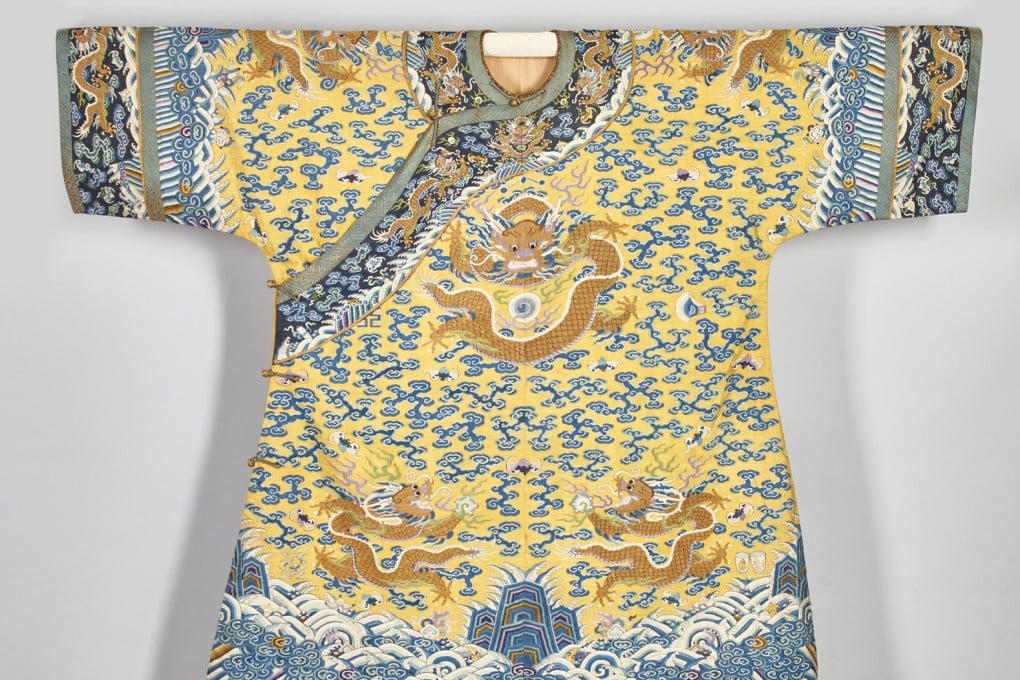Year of the Dragon 2024: it’s not just Chinese who revere the mythical beasts – 4 other cultures that celebrate them
- Of all the creatures of the Chinese zodiac the dragon is considered particularly auspicious, and the coming Year of the Dragon is eagerly anticipated
- Chinese aren’t alone in venerating the mythical dragon. We explore its meaning in Japanese, Bhutanese, Nordic and Welsh culture

The dragon is the ultimate symbol of power, fortune and prosperity in Chinese culture. That’s why the Year of the Dragon, which will begin on February 10, 2024, is seen by many as special and auspicious.
But Chinese culture is not alone in revering dragons. Several others have a strong affiliation with the mythical beasts, whether in their folklore, traditional art or cultural practices.
The Chinese dragon
The Chinese nation calls itself the descendant of the dragon. According to one ancient myth, the powerful snake tribe defeated the other eight and in doing so claimed their totems – deer, camel, rabbit, clam monster, fish, eagle, tiger, and cow – to form the image of the dragon.
Dragon culture in China reached its peak in the Qing dynasty (1644-1911). In Chinese feudal society the dragon represented imperial power, symbolising mystery and authority, and the use of dragon motifs was reserved for the royal family.
The number of claws a dragon could have varied according to imperial ranks, with only emperors worthy of five-claw golden dragon motifs; princes had to make do with four.
Dragon motifs on different parts of the same robe carried different meanings.
The dragon’s head on the lapel of the emperor’s robe faced up, and represented a flying dragon. It meant that the emperor, like the dragon with its head held high, enjoyed the support of the people.
